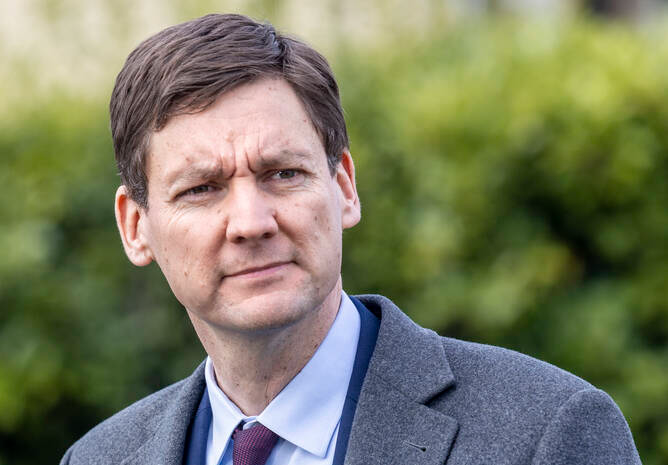Premier David Eby keeps getting asked if he will call an early election, and he keeps emphatically denying that he has any interest in doing so.
The latest question came in the wake of BC United’s dismal showing in two recent byelections. Why not take advantage of that party’s rebranding birthing pains and pull the plug now?
Eby replied that no one is looking for an early election and that he has bigger priorities on his plate. I believe him.
However, there is also another big reason to wait until the actual scheduled election day (which is Oct. 19, 2024) before testing the voters: B.C.’s electoral map is in for some major changes, and most benefit Eby’s New Democratic Party.
An independent electoral boundaries commission has added six new ridings, bringing to 93 the number of MLAs to be elected.
Two of the new ridings are in BC NDP fortresses (Burnaby and the Capital region), while three more are in cities where the NDP hold a strong majority of ridings already (Vancouver, Surrey and Langley) while just one is in a traditionally strong B.C. United (nee B.C. Liberal) area (Kelowna).
Given that Elections B.C. has indicated it will take months to incorporate the changes into its election infrastructure, that would appear to rule out a fall vote if Eby wants to take advantage of the new ridings. It is not yet clear whether the changes can even be made by next spring, so waiting until the fall of 2024 seems advantageous to the New Democrats, no matter how many controversies pile up between now and then.
The big increase in seats is reflective of this province’s huge increase in population, particularly in the areas where the new seats are located: Metro Vancouver, Vancouver Island and the Okanagan.
If this population trend continues, more ridings will likely be established in those regions in the future. Currently, this would appear to tighten the BC NDP’s grip on power unless its political opponents can somehow break through in the fast-growing urban and suburban areas.
The steady increase in the number of our provincial MLAs also poses a challenge that has little to do with actual politics or policies.
Quite literally, the B.C. legislature chamber itself is almost overcrowded, and adding six more desks seems problematic. I walk past that chamber every workday and find myself constantly trying to visualize where six more desks would go.
Right now, all the desks and chairs have been removed for maintenance and the empty room reinforces how small a chamber it really is.
One solution floated by veteran NDP Mike Farnworth is to permanently get rid of the desks and bring in benches, as is the case in the “mother parliament” (the U.K.’s House of Commons). The primary role of the desks in the B.C. chamber is to serve as an opportunity for MLAs to pound their desktops in support of their side of the house, so replacing them would at least make the place less noisy.
In any event, whether they sit at desks or benches after the next election we are soon going to have more MLAs in the chamber. For the moment (and things can change quickly in politics), the odds favor most of them sitting on the NDP side of the house.
Keith Baldrey is chief political reporter for Global BC.



